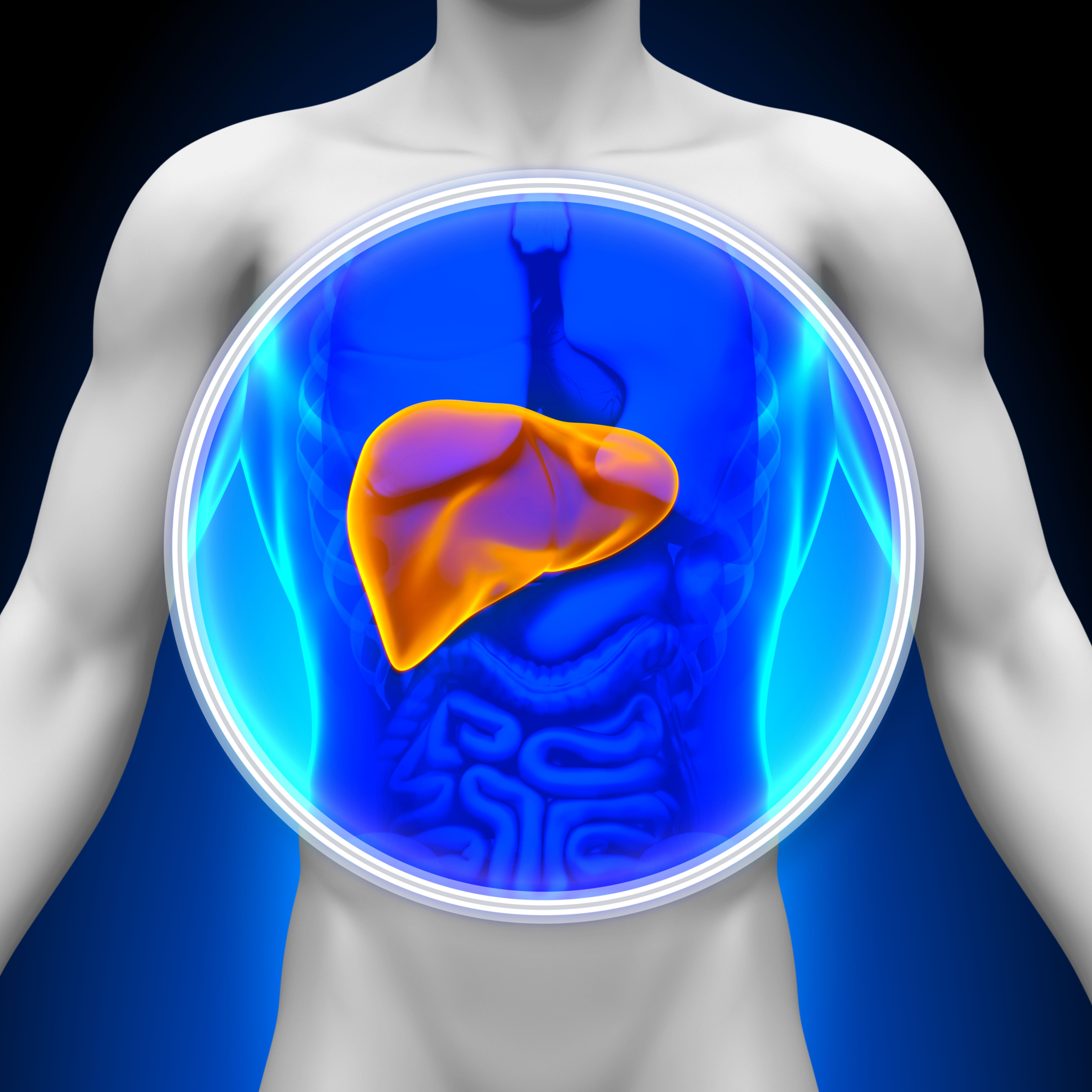Poor Liver Function HCC Population More Likely to Discontinue Regorafenib
Patients with hepatocellular carcinoma and Child-Pugh-B liver function appear to have worse overall survival following treatment with regorafenib in the REFINE trial.
"More research is needed in patients with non-operable primary liver cancer and poor liver function to identify specific patients who could benefit from regorafenib treatment," according to the study authors.

Regorafenib (Stivarga) produced a higher rate of serious adverse effects due to underlying cirrhosis resulting in treatment discontinuation among patients with unresectable hepatocellular carcinoma (uHCC) and Child-Pugh-B liver function (CP-B). Additionally, overall survival (OS) appeared to be worse for those with poor liver function, according to findings from the REFINE trial presented at the 2024 Gastrointestinal Cancers Symposium.
Study findings drew on a pool of 1,005 evaluable patients, 123 of whom (12%) were classified as having CP-B and of those, 84 (68%) were specifically classified as having CP-B7. In the overall studied population, the median patient age was 66 (range, 21-94), 83% (835 patients) were male, 56% (567 patients) were Asian, 82% (829 patients) had an ECOG score of 0 or 1, 62% (625 patients) had stage III liver cancer, and metastases were present in 59% (591 patients).
Median OS was 13.2 months (95% CI, 11.6 to 14.8) in the overall patient population, 6.3 months (95% CI, 4.9 to 7.8) among CP-B patients, and 6.7 months (95% CI, 5.1 to 8.7) for patients specifically with CP-B7 disease, according to the poster.
“In this study, researchers observed patients who were prescribed regorafenib as part of their liver cancer treatment in real-world clinical practice (i.e., not as part of a controlled clinical trial) and were diagnosed with poor liver function,” researchers wrote in the poster. “Researchers found that in patients with non-operable primary liver cancer, those with poor liver function were more likely to experience serious side effects, and this led to discontinuation of regorafenib treatment in some patients. More research is needed in patients with non-operable primary liver cancer and poor liver function to identify specific patients who could benefit from regorafenib treatment.”
Regarding prior treatments received by the overall studied population, 58% (n=584) had been treated with transarterial chemoembolization, 96% (n=965) were treated with sorafenib (Nexavar), and 10% (n=97) had received an immune checkpoint inhibitor.
Researchers reported that among CP-B patients, 33%, 15%, and 47% initiated regorafenib treatment at 160 mg, 120 mg and 80 mg daily, respectively, with a median duration of regorafenib treatment of 3.7 (range, 0.0 to 38.9) months overall and 2.3 (range, 0.0 to 32.7) months for CP-B patients.
Treatment-emergent adverse events occurred in 92% of patients overall and 93% of CP-B patients, with drug-related TEAEs occurring in 74% and 70% of patients, respectively, according to the research.
Grades 3 or 4 TEAEs occurred in 39% of patients overall and 41% of CP-B patients and were drug-related in 26% and 27% of patients, respectively, while serious TEAEs were observed in 37% of patients overall and 48% of CP-B patients and drug-related in 9% and 11% of patients, respectively. Drug-related TEAEs resulted in dose modifications for 37% of overall patients and 28% of CP-B patients and permanent treatment discontinuation among 16% of patients overall and 28% of CP-B patients.
Reference
Kim YJ, Merle P, Finn RS, et. al. Analysis of patients (pts) with unresectable hepatocellular carcinoma (uHCC) and Child–Pugh (CP)-B liver function treated with regorafenib in routine clinical practice in the observational REFINE study. Presented at: 2024 Gastrointestinal Cancers Symposium. Jan. 18-20, 2024.